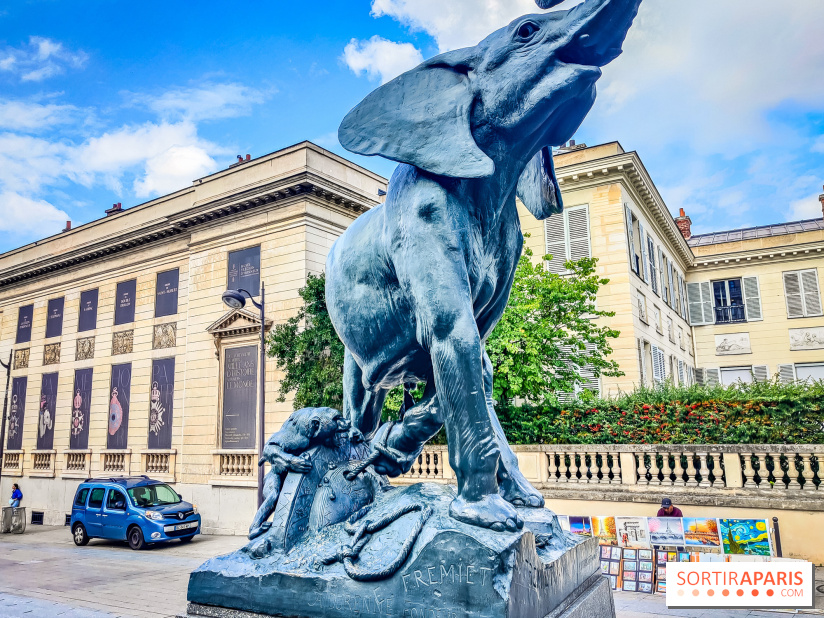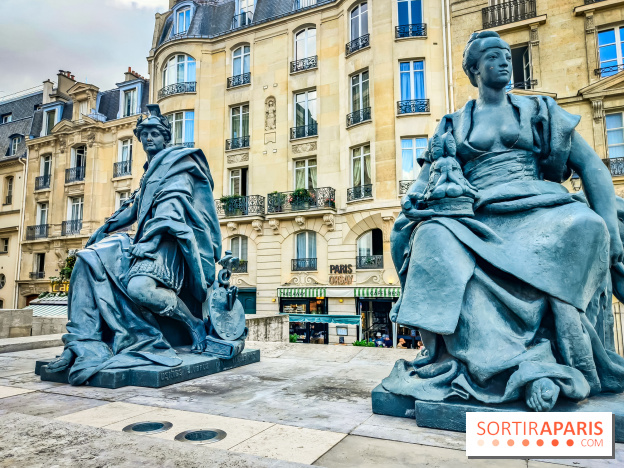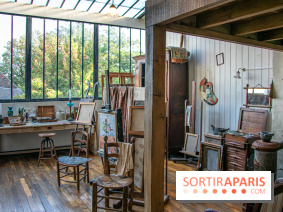They watch over the museum entrances, catching the eye of visitors and strollers alike: the monumental statues installed on the Musée d'Orsay forecourt always arouse our curiosity. On one side are wild, majestic animals, ready, it seems, to move and escape. On the other, we discover women lined up, representing the different continents of the Earth.
Rain or shine, this curious troupe continues to watch over the Musée d'Orsay. But where do these statues, so emblematic of this Paris museum, come from?
On closer inspection, plaques can be seen beneath each statue. Pierre Rouillard, Alexandre Falguière, Alfred Jacquemart, Emmanuel Fremiet, Aimé Millet, Ernest Hiolle, Eugène Delaplanche, Alexandre Schœnewerk, Mathurin Moreau... Each work was created by a different sculptor, but all were created for a specific event.
In 1878, Paris hosted its third Universal Exhibition. For the occasion, French President Patrice de Mac-Mahon commissioned the construction of the Palais du Trocadéro, a monumental building overlooking the hill of Chaillot. In this palace, the French leader planned to welcome and dazzle foreign political representatives. Numerous artists were called upon to decorate the palace.
The statues were sculpted for this freshly-built monument. The façade features statues of the continents: women representing Europe, Africa, Asia, Oceania, North America and South America. Four animal statues were commissioned to decorate the Trocadero fountain. The horse, elephant and rhinoceros are now separated from the statue of the ox, installed in Nîmes.
These nine sculptures are therefore remnants of the Universal Exhibition. They were exhibited in Paris and France for several years, before finally settling on the Musée d'Orsay forecourt in 1986.
Location
Musée d'Orsay
62 rue de Lille
75007 Paris 7























